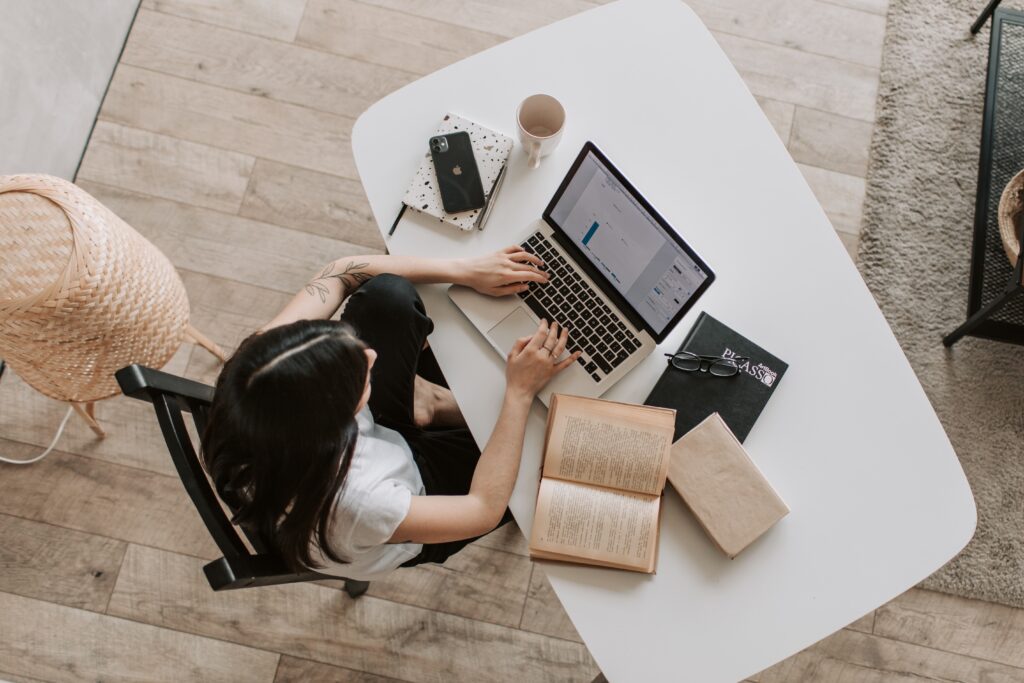If you have internally decided the next time you hear “sorry Sandra you’re on mute, say again” you might just shut your laptop and go hug a tree, then “Digital Fatigue” or “Technology Fatigue” may need your attention. These “buzz terms” have been making the rounds and should be taken into consideration as part of your self-care routine.
What is Digital Fatigue
According to GrowthInMotion, Digital Fatigue occurs when a person uses multiple digital devices and apps on an ongoing basis. This leads to them experiencing mental exhaustion and disengagement…
Sound familiar? You’re definitely not alone.
If you have an onset of any of the outlined symptoms of Digital Fatigue such as light-sensitive eyes or headaches, you may want to consider rescheduling your next Zoom meeting.
For many of us, being “at work” means being online. Tuning into video calls, and ticking away on your keyboard – all of which normally means staring intently at a screen. Working remotely is convenient, yes, but what price are we paying? With the requirement to be online, we need to juggle tabs and applications constantly. This ensures technology replaces the fundamental roles and workstations that would otherwise have taken place in person or on paper.
From Vogue UK to Entrepreneur South Africa, everyone’s talking about it. It’s no wonder why. Relevant across the globe since the outbreak of COVID19 in 2020, digital fatigue is a real thing. With so many companies reducing their offices sizes and encouraging their teams to work from home, this new way of working seems here to stay.
This is definitely not a bad thing, with many people finding it hugely beneficial to be able to work more flexibly. However, it is important to be mindful of the effects it’s having on many of us. The digital and working world is becoming more demanding of our time. This makes it harder to tune out and find a mental break.
Recognising Digital Fatigue
Is taking a break from your computer screen starting to sound good? Sure it does, so what’s the antidote? Stare at your smaller screen of course! For some reason, we have linked downtime with screen time, and it’s not doing us any favours. When moving from one screen to another, there is no signal for your brain to relax. It’s constantly being stimulated by the high-energy blue light being emitted from your devices.
With mental health discussions being stigmatised it can be easy to overlook the need to put your device down to take a break. The importance of mental health in the workplace, especially for start-ups is starting to take priority.
While being self-managed at home, becoming aware of your device habits will greatly change your susceptibility to digital fatigue. Fyre Festivals Music Festival Consultant Marc Weinstein illustrated, when you wake up in the morning, you don’t invite fifty friends into your bedroom before getting out of bed. Mentally, however, you are achieving this by grabbing your phone and checking your social media before your feet hit the floor.
The Entrepreneur released a statement that sums up the need to make a conscious effort to control your screen time saying; “as a fully digitized and globalized civilization, it’s clear our world requires that we change. We’ve reached a crisis where our emotional supply chain needs to be our only essential business. It takes each one of us to do our part. It’s not only our right to live as fulfilled lives as possible but also our responsibility to others. Adopting these habits could fundamentally change the way our world operates.”
Tiffany Pham ENTREPRENEUR LEADERSHIP NETWORK CONTRIBUTOR
Overcoming Digital Fatigue
The result of leaving the symptoms of digital fatigue unchecked, besides burnout, depression, and anxiety, is feeling like you constantly want more but never have enough energy or time to make it happen.
This is how Jessie Patterson felt for years until she realized her top real estate was her well-being. She needed to make a change to preserve it and have it flourish. Jessie embarked on studying health and wellness, along with experimenting with ancient and modern methods. Today, as the Founder of NourishX, Jessie has dedicated her career to teaching science-backed, daily rituals to those who are experiencing chronic stress and helping people live better lives.
The interesting part, Jessie hasn’t shied away from using technology to teach. Hosting “The world’s first digital masterclass using micro-steps to break-through the digital overwhelm” working with the idea of using your phone to charge you.
We recently interviewed Jessie and she spoke about how to combat digital fatigue, how to stop ‘doom scrolling’, and how to get more hours out of your day by using the time on your devices more productively. If you missed this session and would like to catch up, you can watch it here and for more information about Jessie’s Digital Balance course, click here.

